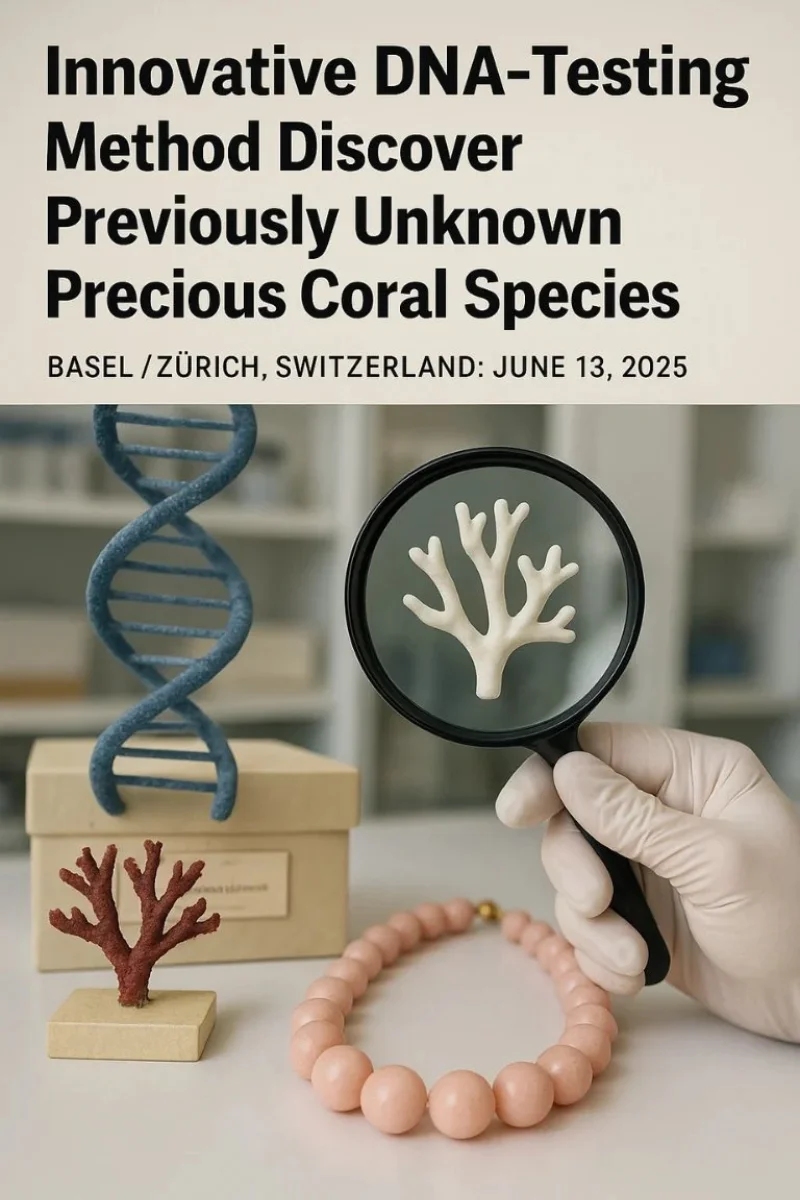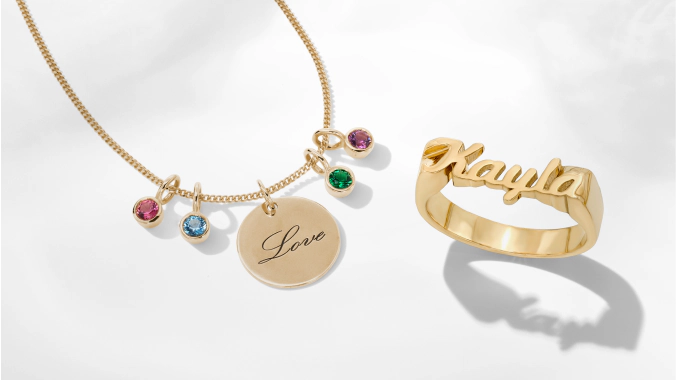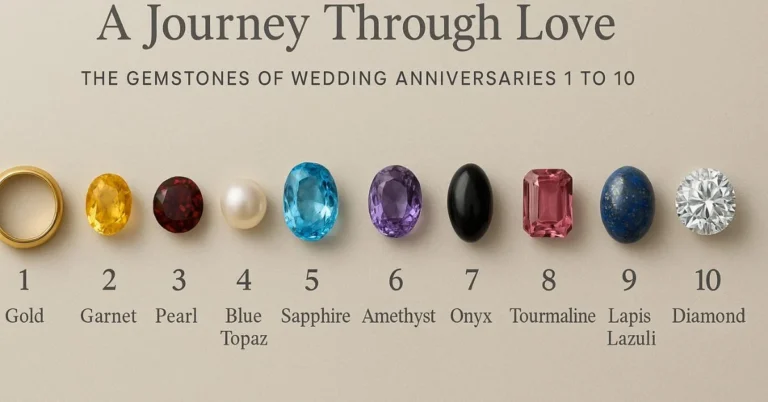No products in the cart.

BASEL/ ZÜRICH, SWITZERLAND: JUNE 13, 2025 – A refined DNA-based method to distinguish look-alike “precious corals” used in luxury jewellery, developed by a joint team from the Swiss Gemmological Institute SSEF and the Zurich Institute of Forensic Medicine at the University of Zurich, has uncovered a precious coral species hitherto unknown in the gem trade and to science. It belongs to the Pleurocorallium norfolkicum species complex.
“Several precious coral species present very similar characteristics and colours, and traditional gemmological techniques can’t tell them apart,” said Dr Laurent E. Cartier, Head of Special Initiatives at SSEF. “By reading their genetic fingerprints, we can now identify different species unambiguously—providing greater transparency and allowing us to further document the provenance of historic and modern precious coral jewels.”
The path to the new discovery was detailed in two peer-reviewed papers, published in early June in Coral Reefs1 and Diversity2. They detail how the researchers extracted minute traces of mitochondrial DNA from precious coral beads—often just a few milligrams drilled from existing holes—then matched the sequences to museum “type” specimens and newly built reference libraries.
The Coral Reefs study revisited the 1840s holotype of Pleurocorallium secundum held at the Smithsonian (Washington DC), proving—through low-copy DNA—that the original and later redescribed specimens are indeed the same species and clarify its true geographic range from Hawaii to the South China Sea.
For the article published in the journal Diversity, the team analysed an exceptional “angel’s-skin” necklace whose delicate light-pink hue commands top-market prices. DNA fingerprinting showed the material does not match the two species that could be visually assumed to match (Pleurocorallium elatius or Pleurocorallium secundum) but rather a newly identified Pleurocorallium norfolkicum species complex. It matches colony fragments traced to Vietnam and hints at an undiscovered fishery.
“Our approach allows us to recover enough DNA from fully calcified coral samples to identify the species of precious corals found in high-value jewels in a quasi-non-destructive manner,” explained Dr Bertalan Lendvay, research associate at the University of Zurich. “What began as a forensic challenge has become a doorway to discovering a new species in the precious coral trade and contributing to coral conservation efforts.”
|
|
|
| The holotype of the Pleurocorallium secundum reference sample at the dry coral collection of the Smithsonian National Museum of Natural History in Washington, D.C. |
| The “angel’s skin” precious coral necklace which was found to come from the previously unknown Pleurocorallium norfolkicum species complex. |
FOR IMMEDIATE RELEASE
CONTACT: Dr. Laurent E. Cartier FGA






Not a member yet? Register now
Are you a member? Login now